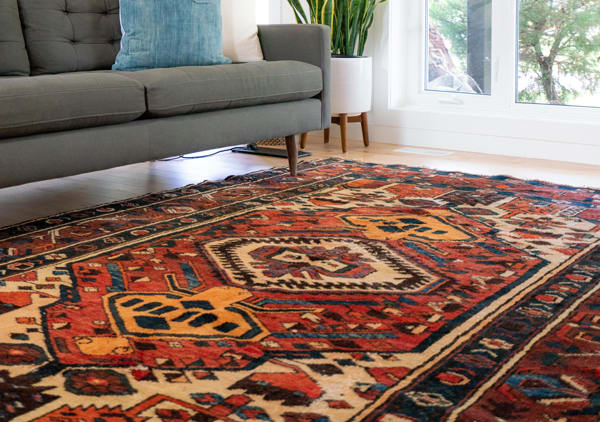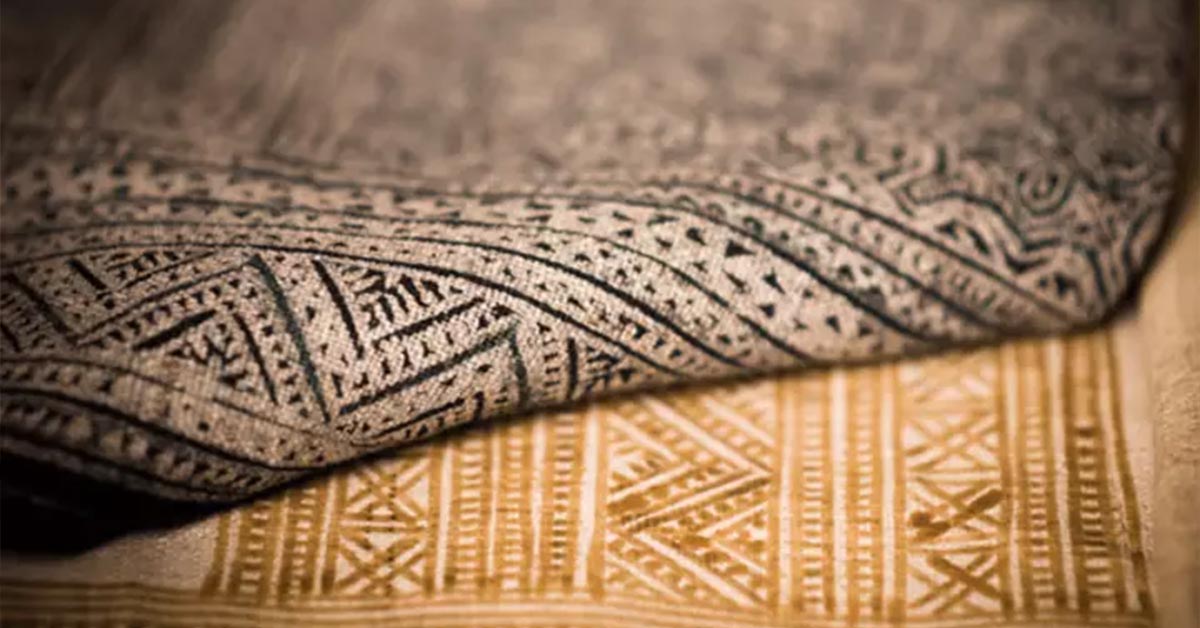There are a few reasons why you may find yourself needing rug storage. Perhaps you just moved, but have no space for it, inherited a family heirloom, reorganized your space, purchased an awesome find you just couldn’t pass up, or simply do not need an area rug right now. Whatever the reason may be, you will need proper storage. Rugs may not seem all that fragile, but if not stored properly, rugs and carpets crack, warp, or deteriorate from damage caused by moisture, mould and mildew, and bugs.

When preparing your rug for storage, follow these 6 steps:
1. Vacuum your rug
Vacuum both sides of the rug to remove deposited soil, food residue, dust mites, and pet dander. If the rug is small enough, you can take it outside and gently shake it out as well.
2. Wash and Tackle Stains
Always clean your rug based on the manufacturer-approved instruction before putting it into storage. Prevent potential dry rot and warping of the rug by thoroughly cleaning and removing dirt, residue, and contaminants that have nestled into the foundation of the rug. A thorough washing will also ensure that no bugs may be catching a ride with your rug into storage. Tackling stains will depend on your rug:
- Woven or braided rugs: Small braided rugs and woven rugs can be washed in the washing machine. If there is a label, always follow the manufacturer’s cleaning instructions. Put the rug into a mesh laundry pouch and wash on the gentle cycle and tumble-dry on a low setting. Large braided carpets that cannot be machine-washed can be cleaned using a cloth and suitable carpet cleaning foam. Or, you may consider having it dry cleaned.
- Natural fiber rugs (sisal, seagrass, jute, and hemp): Clean with little water because natural fibre rugs absorb moisture, which makes them difficult to dry. If not dried thoroughly, water can leave natural fiber rugs severely damaged as they will shrink and distort. Using a white cloth, spot-clean stains using a gentle cleaner, such as soapy water or cleansing solution made from 1 teaspoon of detergent (without bleach), 1 teaspoon of white vinegar, and lukewarm water. Gently blot the cleaner on the stain and blot the area dry. Use a fan to dry the rug quickly and thoroughly. Always test spot a small area first.
- Fur and hide rugs: Should be cleaned without water. Cover the rug with an unscented talcum powder and leave it for a couple of hours. You can then gently brush (in the direction of the grain or hair growth) and shake the powder out. Repeat this process several times as needed.
3. Roll your rug
Do not fold your rug because the undue stress can lead to creases, cracks, or warping in the rug. Instead, roll your rug into a cylinder:
- To create a tight roll, it is recommended that you roll the rug from the bottom end first. The best way to locate the bottom is to run your hand across the rug and see which direction your hand is moving with the grain and against the grain. Moving with the grain will lead you to the top of the rug and moving against the grain will lead you to the bottom.
- Pile in or out? The condition of the rug will determine. Generally, the pile is much more vulnerable than the foundation, so most rugs can be safely rolled with the pile inward.
4. Wrap your rug
Before placing your rug into storage, wrap it to protect it against dust and to keep bugs out. Use brown craft paper or Tyvek paper. Both breathe and allow moisture to escape. Do not use plastic, it does not breathe and traps moisture, which can damage natural fibers and cause odor problems.
5. Store your rug
It is best to store carpets off the floor and vertically on end in a climate-controlled space. To avoid cracks in the foundation or damage to the shape of the rug, do not lay anything on top of the rug.
6. Check your rug
If possible, try to check your rug every couple of months. Unroll your rug and inspect it for signs of damage or evidence of infestation. Checking on your rug regularly is the best step you can take to prevent potential damage.
There you have it! Follow these 6 essential steps and you can make sure your rug stays in great condition until you are ready for it again.

